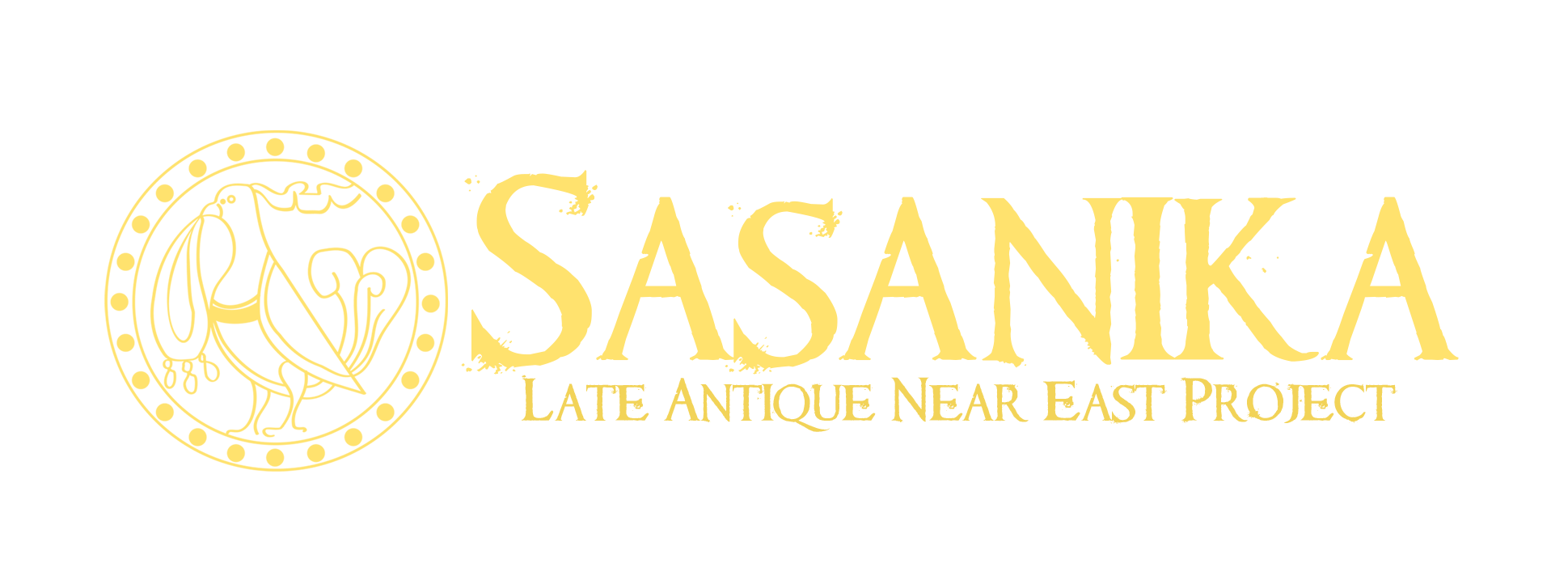Sasanika: Late Antique Near East Project

One of the most
remarkable empires of the first millennium CE was that of the Sasanian
Empire. Emanating from southern Iran’s Persis region in the third
century CE, the Sasanian domain eventually encompassed not only modern
day Iran, Ag and Iraq, but also the greater part of Central Asia, the
Caucasus, including at times the regions corresponding to present-day
Syria, Afghanistan, Turkey, and Egypt. This geographically diverse
empire brought together a striking array of ethnicities and religious
practices. Arameans, Arabs, Armenians, Persians, Romans, and Goths, as
well as a host of other peoples, all lived and labored under Sasanian
rule. The Sasanians established a relatively tolerant imperial system,
creating a vibrant communal life among their Zoroastrian, Jewish, and
Christian citizens.
Sasanika is dedicated to
the promotion of research and study on the history of the Sasanian
dynasty. Its mission is to facilitate direct and free access to primary
information. This period of Iranian history and culture encompasses a
vast geographical region that goes beyond the territorial bounds of
modern-day Iran and most of the former archaeological work was completed
by the German, French, Italians and Russian excavators with only the
recent archaeological work done in Farsi and English. As a result, the
information has been published in various languages and often in old and
out of print publications. Given the geographic diversity of this
material, the implementation and use of the English language would aid
in providing accessibility to a greater number of audience and
surpassing the barrier of multilingualism to facilitate greater access
to many academic scholars, university students and public users.
Although most of our
team members volunteer their time to maintain the site, the production
of high-quality articles and the support of research projects require
funding. We are planning major changes in the website and inclusion of
further information and research about the Sasanian Empire. It is
through the generosity of Sasanian enthusiasts and those interested in
the history of pre-IslamicIran that Sasanika thrives.






No comments:
Post a Comment